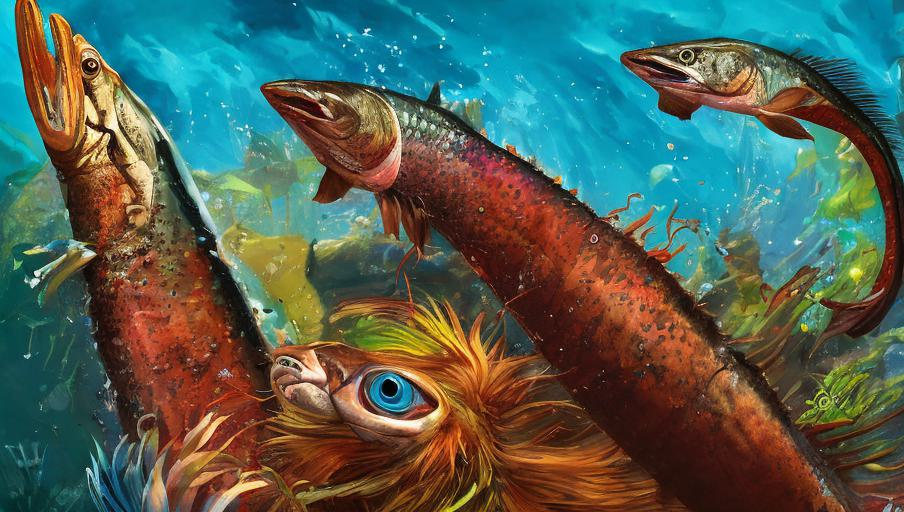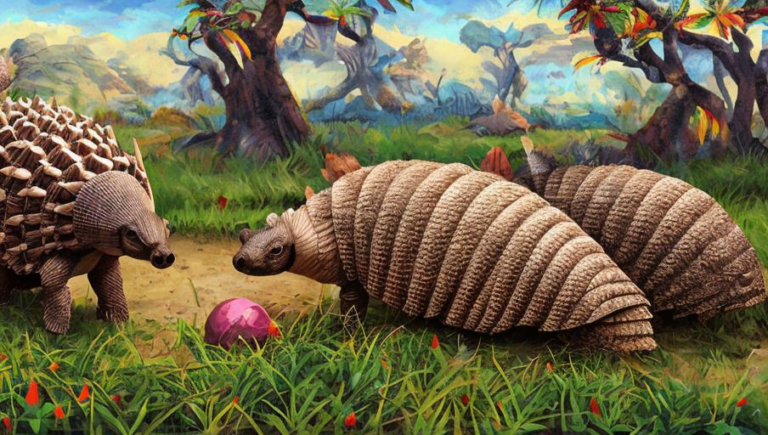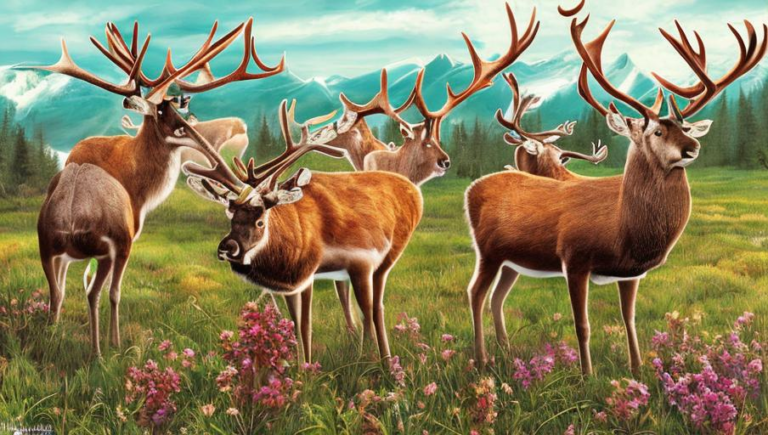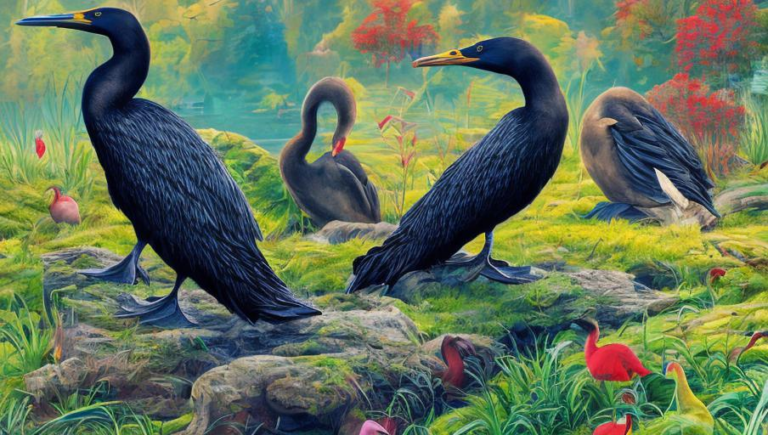Laws of Nature in the Barracuda’s World

The Barracuda
The barracuda is a species of large, predatory fish found in the tropical and subtropical waters of the Atlantic, Pacific, and Indian oceans. They typically inhabit coastal waters and coral reefs, but can also be found in some open waters. Barracudas can grow up to six feet long and weigh up to 55 pounds. They have a dark-olive green or blue-gray back, and silver sides and belly. They are distinguished by their long, slender body and a large, pointed head. Barracudas can travel at speeds up to 25 miles per hour, making them extremely fast swimmers.
The Laws of Nature
In the wild, barracudas are subject to the laws of nature just like any other species. They are apex predators and feed on smaller fish, crabs, shrimp, and other marine life. Barracudas are also preyed upon by larger fish, sharks, and killer whales. Despite their predatory nature, barracudas often form schools and form cooperative hunting strategies. In the wild, barracudas live anywhere from 3-5 years, but can survive for up to 10 years in captivity.
Barracuda Conservation
Despite their predatory nature, barracuda populations are in decline due to overfishing and habitat destruction. As a result, they are listed as a vulnerable species by the International Union for Conservation of Nature (IUCN). In some areas, they are even listed as critically endangered. Conservation efforts are being made to protect barracudas and their habitats, such as enforcing fishing regulations, creating marine protected areas, and educating the public about the importance of protecting the species.
Conclusion
Barracudas are an important part of the marine ecosystem, and it is important to protect them and their habitats. We must remember the laws of nature and work together to ensure that barracudas are able to thrive in the wild. With conservation efforts, we can ensure that barracudas will be around for generations to come.





